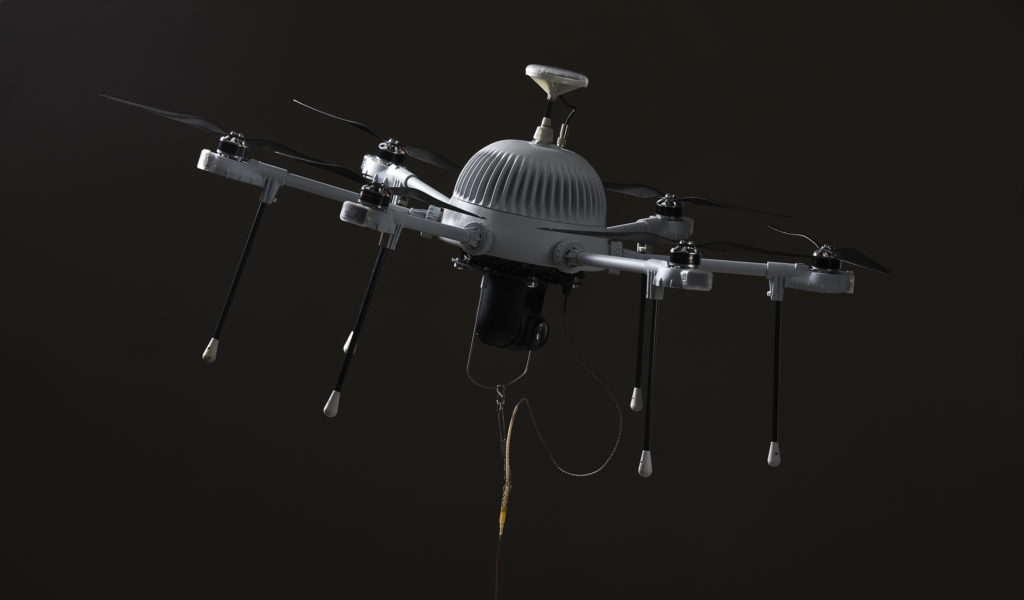This post is also available in:
 עברית (Hebrew)
עברית (Hebrew)
Persistent Situational Awareness is one of the single greatest force multipliers in military operations. The most engaged military unit operating today is the small unit. These units traditionally have the least amount of persistent SA capabilities due to the lack of supporting infrastructure.
Such situational awareness can be achieved via a tethered drone. Tethered drones connect to a base station or vehicle by microfilament wire, which provides both continuous power and secure communications. For certain applications, a tethered drone offers advantages over a free-flying UAS, enabling sustained operations on longer missions and persistent situational awareness so users can perform intelligence, surveillance, and reconnaissance (ISR) functions.
Intelligent sensing solutions giant has been widening its scope of activities to tethered UAVs. FLIR Systems has acquired the intellectual property (IP) and certain operating assets of Aria Insights, previously known as CyPhy Works.
Aria pioneered the development of tethered small unmanned aerial systems (sUAS). Founded in 2008 by iRobot co-founder Helen Greiner, Aria notably developed the Persistent Aerial Reconnaissance and Communications (PARC) tethered drone. The company ceased operations in March 2019.
According to its website, PARC is built tough to operate where soldiers live, available when they need it, for as long as they need it. While other small unmanned aerial vehicles measure endurance in minutes, PARC’s is measured in hours and days.
Whether it is used for day/night surveillance, communications, or other sensor management, PARC performs in the most austere environments with the flight duration to meet any mission need; in weather conditions that ground other small UAVs. Autonomous flight with no piloting skills means no significant training is required and frees the operator to focus on the returned sensor data.
“Tethered UAS systems are becoming an increasingly valuable tool for force protection, border security, and critical infrastructure protection,” said David Ray, president of FLIR’s Government and Defense business. “Aria’s innovative technology and IP assets will enable us to enhance current capabilities and advance the range of solutions we can deliver to customers in this growing market segment”, according to FLIR’s website.


























